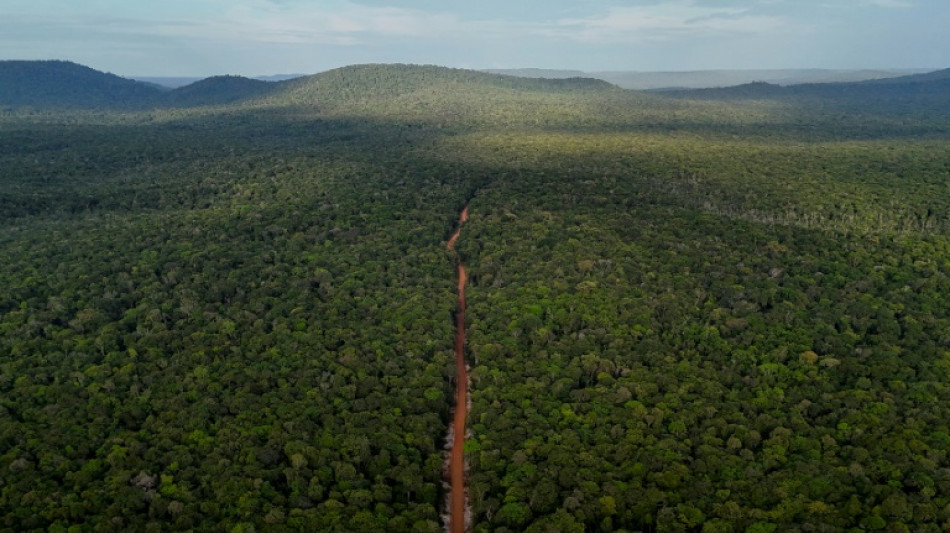
-
 Escape room helps Pegula into US Open last eight
Escape room helps Pegula into US Open last eight
-
Defiant Vlahovic shoots Juventus to victory at Genoa

-
 Directors who quit US health agency warn it is 'destroying' protections
Directors who quit US health agency warn it is 'destroying' protections
-
US would control Gaza, displace all its people under new plan: report

-
 Szoboszlai took risk to shine in Alexander-Arnold's absence
Szoboszlai took risk to shine in Alexander-Arnold's absence
-
Shi downs Kunlavut to win first world title, Yamaguchi takes women's crown

-
 Szoboszlai stunner earns Liverpool win over title rivals Arsenal
Szoboszlai stunner earns Liverpool win over title rivals Arsenal
-
Guirassy brace blasts Dortmund past Union

-
 Szoboszlai gem seals Liverpool win over Arsenal, Man City rocked by Brighton
Szoboszlai gem seals Liverpool win over Arsenal, Man City rocked by Brighton
-
'Weapons' fights back to top of N. American box office

-
 Sutherland stars as Superchargers win Women's Hundred final
Sutherland stars as Superchargers win Women's Hundred final
-
Ekitike wins late France call up as Cherki drops out

-
 Man City blew it in Brighton defeat admits Guardiola
Man City blew it in Brighton defeat admits Guardiola
-
Piastri vows no let up in Formula One title race

-
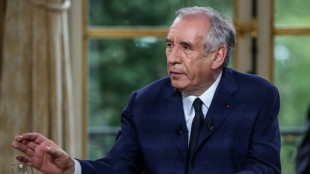 French PM says 'fate of France' at stake in confidence vote
French PM says 'fate of France' at stake in confidence vote
-
Pegula swats Li to reach US Open quarter-finals

-
 Shi downs Kunlavut to win first badminton world title, Yamaguchi takes women's crown
Shi downs Kunlavut to win first badminton world title, Yamaguchi takes women's crown
-
Piastri rules, double trouble for Ferrari at Dutch Grand Prix

-
 Hong Kong's 'hungry ghosts' tell tale of fading community
Hong Kong's 'hungry ghosts' tell tale of fading community
-
Jude Law became 'obsessive' Putin watcher for role as Russian leader

-
 New documentary casts Marianne Faithfull in new light
New documentary casts Marianne Faithfull in new light
-
Champions New Zealand see off Japan to reach Women's Rugby World Cup last eight

-
 Vingegaard makes move as he powers to Vuelta stage nine win
Vingegaard makes move as he powers to Vuelta stage nine win
-
From music to marijuana, US Open 'circus' challenges players
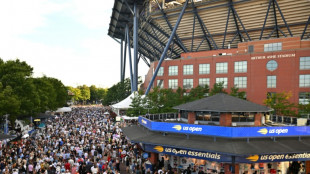
-
 Director Jarmusch 'disconcerted' over Mubi's links to Israel military
Director Jarmusch 'disconcerted' over Mubi's links to Israel military
-
Piastri extends championship lead after Norris breakdown at Dutch Grand Prix
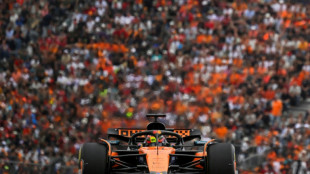
-
 Man City rocked by Brighton as West Ham ease pressure on Potter
Man City rocked by Brighton as West Ham ease pressure on Potter
-
Piastri extends championship lead with victory at Dutch Grand Prix
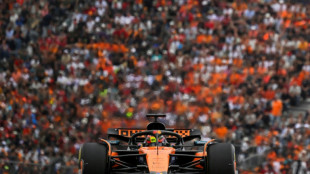
-
 Israel says killed spokesman for Hamas armed wing
Israel says killed spokesman for Hamas armed wing
-
Ireland on verge of Women's Rugby World Cup quarter-finals after seeing off stubborn Spain

-
 Vardy set to complete move to Serie A side Cremonese: source
Vardy set to complete move to Serie A side Cremonese: source
-
Japan's Yamaguchi cruises to third badminton world title

-
 Jackson hopes to revive Bayern move after Chelsea halt loan deal
Jackson hopes to revive Bayern move after Chelsea halt loan deal
-
Floods leave women struggling in Pakistan's relief camps
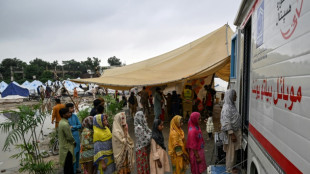
-
 Augsburg's Fellhauer leaves hospital after concussion against Bayern
Augsburg's Fellhauer leaves hospital after concussion against Bayern
-
Man Utd stars back Amorim says De Ligt

-
 Indonesia leader says some protests 'leaning towards treason, terrorism'
Indonesia leader says some protests 'leaning towards treason, terrorism'
-
Springboks call up De Klerk for New Zealand tour

-
 Indonesian finance minister's home looted as protest anger grows
Indonesian finance minister's home looted as protest anger grows
-
Indonesia protests put spotlight on paramilitary police force
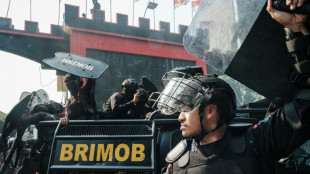
-
 Putin and Modi in China for summit hosted by Xi
Putin and Modi in China for summit hosted by Xi
-
Britain's energy grid bets on flywheels to keep the lights on
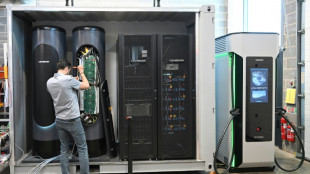
-
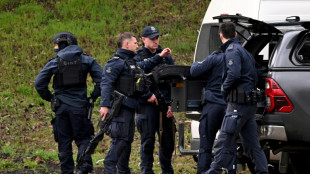 Wife of Australian man wanted in police killings urges him to surrender
Wife of Australian man wanted in police killings urges him to surrender
-
Indonesian islanders taking Swiss concrete giant to court over climate
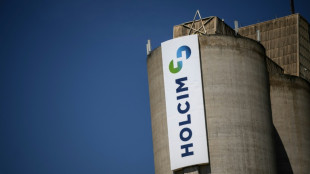
-
 Zverev knocked out in US Open third round
Zverev knocked out in US Open third round
-
Aid flotilla with Greta Thunberg set to sail for Gaza
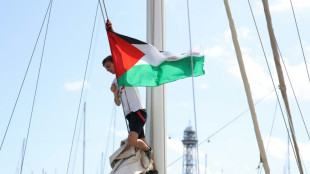
-
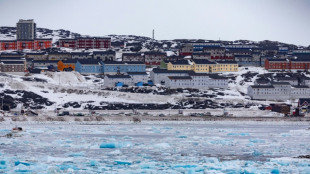 French foreign minister expresses 'solidarity' on Greenland trip
French foreign minister expresses 'solidarity' on Greenland trip
-
Tourists dice with danger on Hanoi's train street
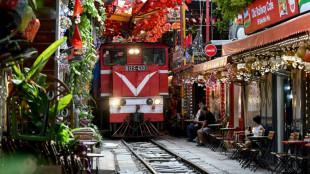
-
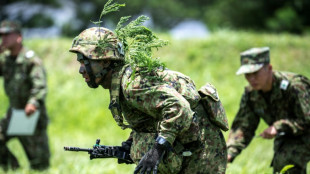 Pacifist Japan struggles to boost troops as China anxiety grows
Pacifist Japan struggles to boost troops as China anxiety grows
-
In Guyana, remote dirt road seen as future economic lifeline
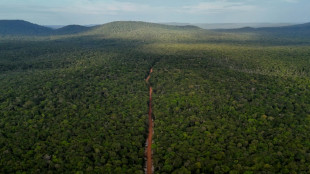

In Guyana, remote dirt road seen as future economic lifeline
Through the vast interior of Guyana, a historic red dirt road known as "The Trail" winds through rainforest, plains and hills, linking the capital Georgetown to Lethem in the south on the border with Brazil.
Now, that nearly 500-kilometer (310-mile) link is being upgraded into a major highway, and authorities in the South American country -- which possesses the world's largest oil reserves per capita -- hope the project will help transform its economy.
They also hope it can help open up Essequibo, the disputed oil-rich region administered by Guyana for decades but claimed by neighboring Venezuela.
The renovation is no small undertaking for Guyana, which goes to the polls to elect new leaders on Monday. It will cost almost $1 billion to build the four sections of highway and about 50 bridges. The most optimistic completion date is 2030.
So for the time being, truckers and others tackle The Trail, also called the Linden-Lethem road, as it is.
It takes 15 hours to make the journey end to end, and some don't succeed. One rusty truck appears to have been abandoned on the side of the road for some time.
"It's a very tough job," says 27-year-old Ramdial Metleash, who is shirtless and dripping in sweat as he drives his logging truck.
Metleash explains how life on The Trail can be hard -- in the rainy season, vehicles get stuck in mud. When it's dry, there are nasty dust clouds.
He has been working this route since he was 15, earning about 60,000 Guyana dollars ($290) per trip -- enough to take care of his sister and her son.
And while the oil industry hasn't changed his bottom line, Metleash admits the completion of the road would help, especially at spots like Kurupukari, where a bridge will be built. For now, trucks cross a river on a barge.
- 'Game changer' -
Juan Edghill, Guyana's minister of public works, tells AFP that the finished highway will be "a game changer in terms of where Guyana is going."
"This road, when completed, will connect us with the Takutu Bridge, which carries you into northern Brazil. That's a market of 20 million people," says Edghill.
That is more than 20 times English-speaking Guyana's population of more than 800,000.
The minister also notes that the route would link to the Palmyra deepwater port, now under construction and located not far from the border with Suriname.
For now, Brazilians need to travel "21 days down the Amazon to get goods to water for shipping," Edghill says.
With the new road, that could be whittled down to 48 hours.
Of course, as one observer notes, the road could also easily be used to move troops and military equipment through the country, and into Essequibo, which also has valuable mineral deposits.
That region has long been neglected by the government in Georgetown, as Caracas has pressed its claims over the territory.
"Essequibo is part of Guyana," Edghill says. "It's the home of our Indigenous brothers and sisters. (...) Essequibo is also the home for all the large-scale mines, the home of our major forestry activity."
The new highway would allow more people to travel for work without leaving their families for months at a time, he says, adding: "It's a great opportunity."
- 'You can't fight progress' -
Michelle Fredericks, 53, owns a popular snack stall near the barge dock in Kurupukari.
The bridge will pass directly over where her business currently stands. It will be relocated, but will no longer receive heavy foot traffic as it does now.
Fredericks is nevertheless sanguine about the future.
"I can't just only think about this business here," she tells AFP.
"A lot of development is going to happen," she predicts, noting that she plans to shift into offering services to tourists.
Already, Fredericks welcomes local and foreign tourists who want to go fishing or for hikes in the rainforest.
She expects the number of weekend visitors to increase once the new road cuts the drive time from Georgetown in half to about four hours.
"You can't fight progress. That's life," Fredericks says.
R.Fischer--VB
